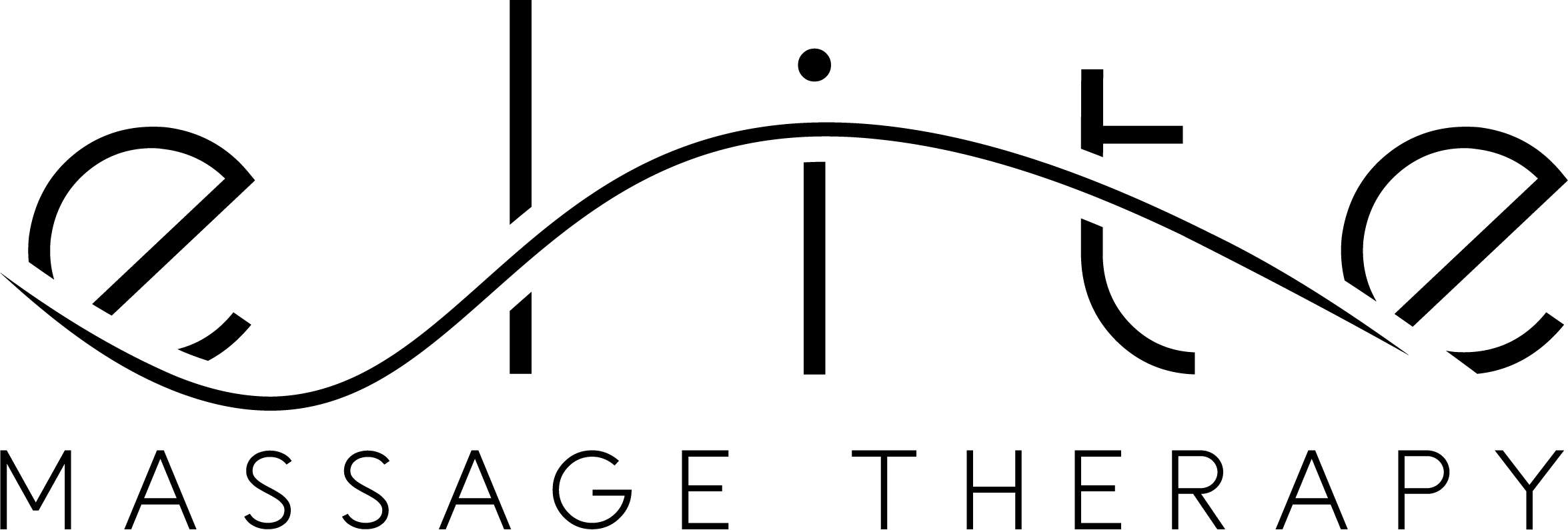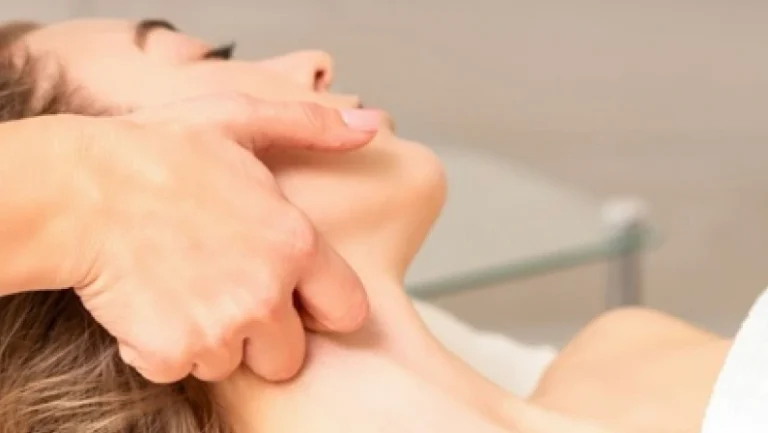Do you ever experience headaches or migraines that seem to come out of nowhere? Sometimes, the culprit isn’t stress or dehydration—it’s muscle tension. Tight, overworked muscles in the neck, shoulders, and upper back can form trigger points, or “knots,” that refer pain to other areas, including the head. These hidden pain sources can make migraines worse and turn minor tension headaches into persistent discomfort.
For instances like this, trigger-point therapy can come in handy. By targeting these tight muscle knots, this specialized massage technique can help relieve pain, improve mobility, and reduce the frequency of headaches and migraines. But how does it work? And can it really provide lasting relief? Let’s break it down.
What is Trigger-Point Therapy?
Trigger point therapy is a type of massage technique designed to target knots or tight areas in muscles known as trigger points. These spots, when irritated, can cause referred pain—pain that radiates to other areas of the body.
A trained therapist uses direct pressure, massage, or stretching techniques to release these trigger points, improving muscle function and relieving tension-related headaches and migraines.
Many people use trigger point therapy balls or professional massage sessions to target these pain-sensitive areas. This technique is commonly used for myofascial headache treatment and trigger point headache relief.
The Connection Between Trigger Points and Headaches and Migraines
Trigger points in the neck, shoulders, and upper back are often responsible for chronic headaches and migraines. Tight muscles can restrict blood flow, irritate nerves, and create tension that leads to pain in the head, temples, and behind the eyes.
For example, pressure points for migraine relief (see a pressure points for migraine relief diagram), such as those found near the base of the skull and between the shoulder blades, often become overactive due to poor posture, stress, or muscle overuse. Releasing these knots through trigger point therapy techniques can significantly reduce migraine frequency and intensity.
Some key trigger points related to headache relief include:
- The trapezius muscle (shoulder tension contributing to headaches)
- The suboccipital muscles (base of the skull, often linked to migraines)
- The sternocleidomastoid (SCM) muscle (side of the neck, responsible for referred pain in the head and jaw)
Also see migraine pressure points ear and migraine pressure points hand.
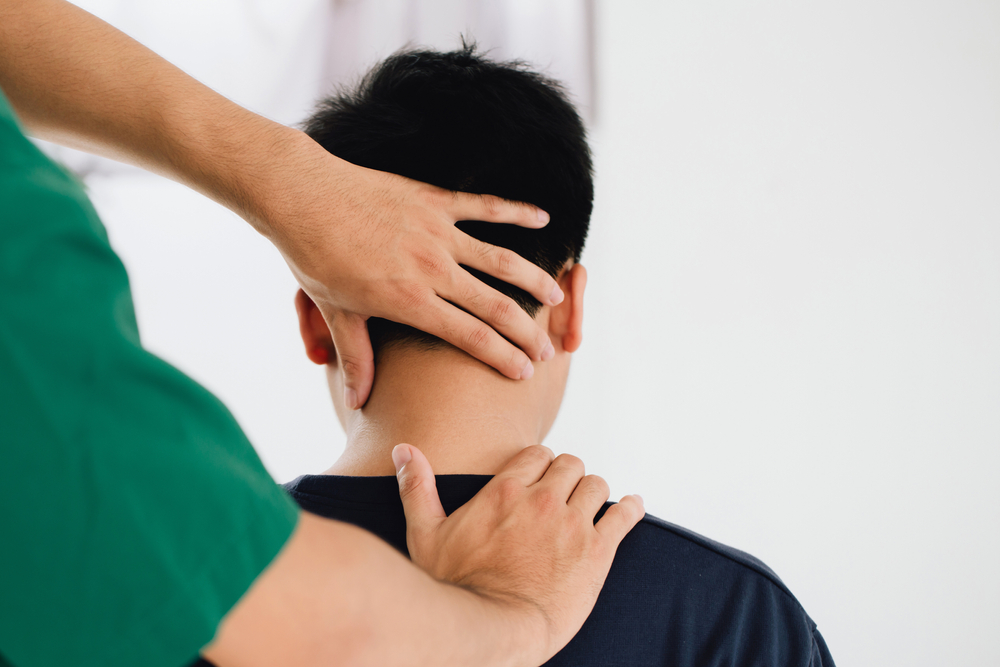
How Trigger-Point Therapy Works
Does trigger point therapy work? Trigger-point therapy focuses on identifying and releasing muscle knots that contribute to chronic pain and tension headaches. These trigger points develop when muscle fibers contract and fail to relax, restricting blood flow and causing discomfort.
Step 1: Locating the Trigger Points
A trained therapist will assess muscle tightness, posture, and pain patterns to pinpoint specific areas of tension. Common trigger points linked to migraine and headache pain are found in the:
- Neck (suboccipital muscles)
Can cause tension headaches and pain behind the eyes.
- Shoulders (trapezius muscle)
Can contribute to stiffness and radiating pain in the head.
- Jaw (masseter muscle)
Can be responsible for headaches caused by teeth grinding or TMJ disorders.
Step 2: Applying Sustained Pressure
Once the therapist identifies a trigger point, they apply consistent, deep pressure to the area. This is done using fingertips, knuckles, elbows, or specialized tools. The pressure is held for 10 to 60 seconds, allowing the tight muscle fibers to gradually release and relax.
Step 3: Increasing Blood Circulation
Applying pressure to trigger points improves blood flow, delivering oxygen and nutrients to the affected area. This reduces inflammation, promotes healing, and helps prevent muscle knots from reforming.
Step 4: Breaking Up Muscle Adhesions
Over time, muscle fibers can stick together, forming adhesions that restrict movement and cause stiffness. Trigger-point therapy techniques help break up these adhesions, improving flexibility and range of motion in the neck and shoulders.
Step 5: Interrupting Pain Signals
Trigger points can amplify pain signals sent to the brain, making discomfort feel worse than it actually is. Releasing these points interrupts the pain cycle, allowing the brain to reset its pain response.
Step 6: Encouraging Muscle Relaxation
As the therapist continues to work on tight muscles, the affected area gradually relaxes, reducing tension and helping to prevent future headaches and migraines. This is especially beneficial for people with stress-related headaches or chronic muscle stiffness.
Using a Trigger-Point Therapy Ball for Self-Massage
For those looking to maintain results between sessions, a trigger point therapy ball can be used at home. Rolling the ball over tight muscles in the neck, shoulders, and upper back applies targeted pressure, helping to relieve tension and prevent headaches from recurring.
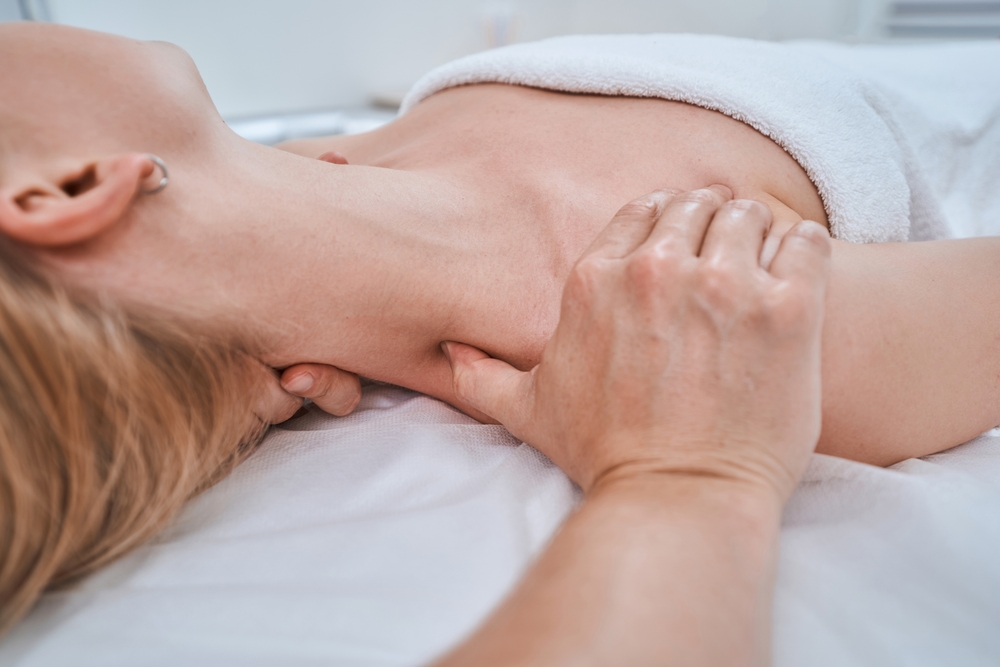
Benefits of Trigger-Point Therapy for Headaches and Migraines
Trigger point therapy offers a natural, drug-free approach to managing headache pain. Here’s how it can help:
Pain Reduction and Prevention
By addressing the root cause of tension headaches, this therapy provides both immediate relief and long-term prevention.
Improved Range of Motion in the Neck and Shoulders
Tight muscles often restrict movement. Trigger point therapy helps restore flexibility and ease stiffness, making everyday movements more comfortable.
Reduced Muscle Tension and Stiffness
Muscle tightness in the neck and upper back is a common headache trigger. Releasing these knots allows for better posture and fewer headaches.
Decreased Reliance on Medication
Many migraine sufferers depend on painkillers for relief, but trigger point therapy provides a natural alternative that can reduce the need for medication.
Potential for Long-Term Pain Management
Regular therapy sessions can prevent recurring headaches, offering long-term benefits without side effects.
Improved Muscle Relaxation and Posture
Better posture and looser muscles reduce the frequency of tension-related headaches. Many people find that migraine pressure points in the ear and hand also respond well to manual therapy techniques.
Who Can Benefit from Trigger-Point Therapy?
Do you think you need trigger-point therapy? You may benefit from trigger point therapy if you:
- Experience chronic headaches or migraines
- Have tight muscles in the neck, shoulders, or jaw
- Struggle with tension-related headaches
- Want a non-medication approach to headache relief
- Have poor posture or repetitive strain injuries
- Experience stress-induced muscle tension
If your migraines are linked to muscle tightness or stress, trigger point therapy techniques may be an effective solution.
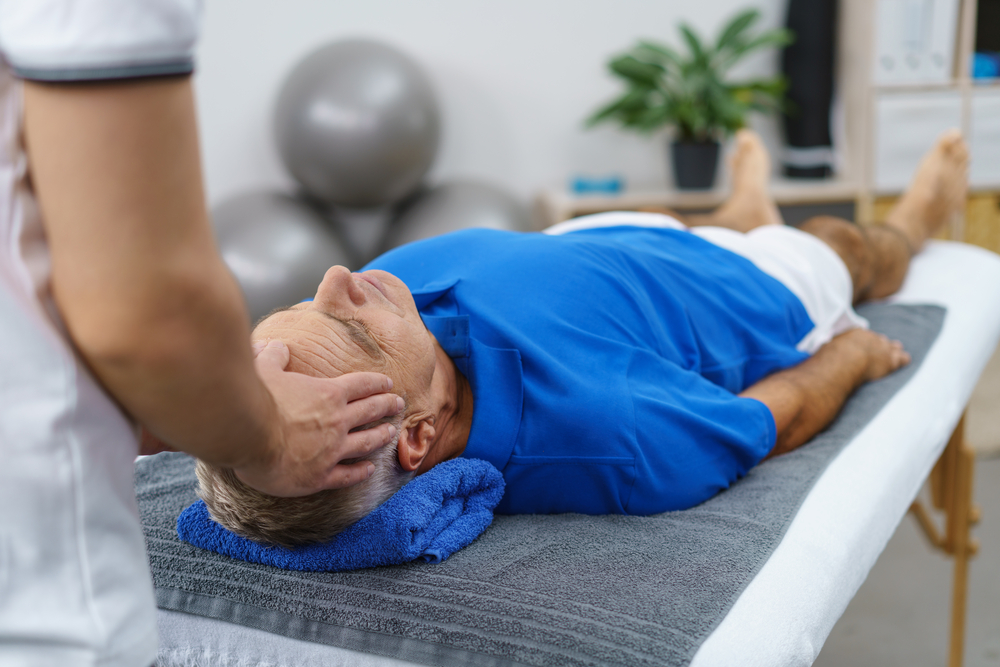
Where to Get Trigger-Point Therapy?
For professional trigger point therapy massage, it’s important to visit a licensed massage therapist specializing in headache and migraine relief.
Visit trusted places like Elite Massage Pearland with trained therapists and personalized treatments to address chronic pain, muscle tightness, and headache relief. Their specialized trigger point therapy massage helps clients:
- Relieve headaches and migraines naturally
- Reduce muscle tension and improve mobility
- Experience targeted pressure point therapy for lasting relief
For those looking to supplement in-clinic treatments, using a trigger point therapy ball at home can help maintain progress between sessions.
Take Control of Your Headache Relief Today
If you suffer from chronic headaches or migraines, you don’t have to rely solely on medication. Trigger point therapy is a safe, natural, and effective way to relieve pain and improve overall well-being.
For expert trigger point therapy massage in Pearland, visit Elite Massage Pearland. Their team specializes in customized headache relief treatments, helping clients feel relaxed, pain-free, and refreshed.
Book an appointment today and start experiencing the lasting benefits of trigger point therapy for migraine and headache relief!
